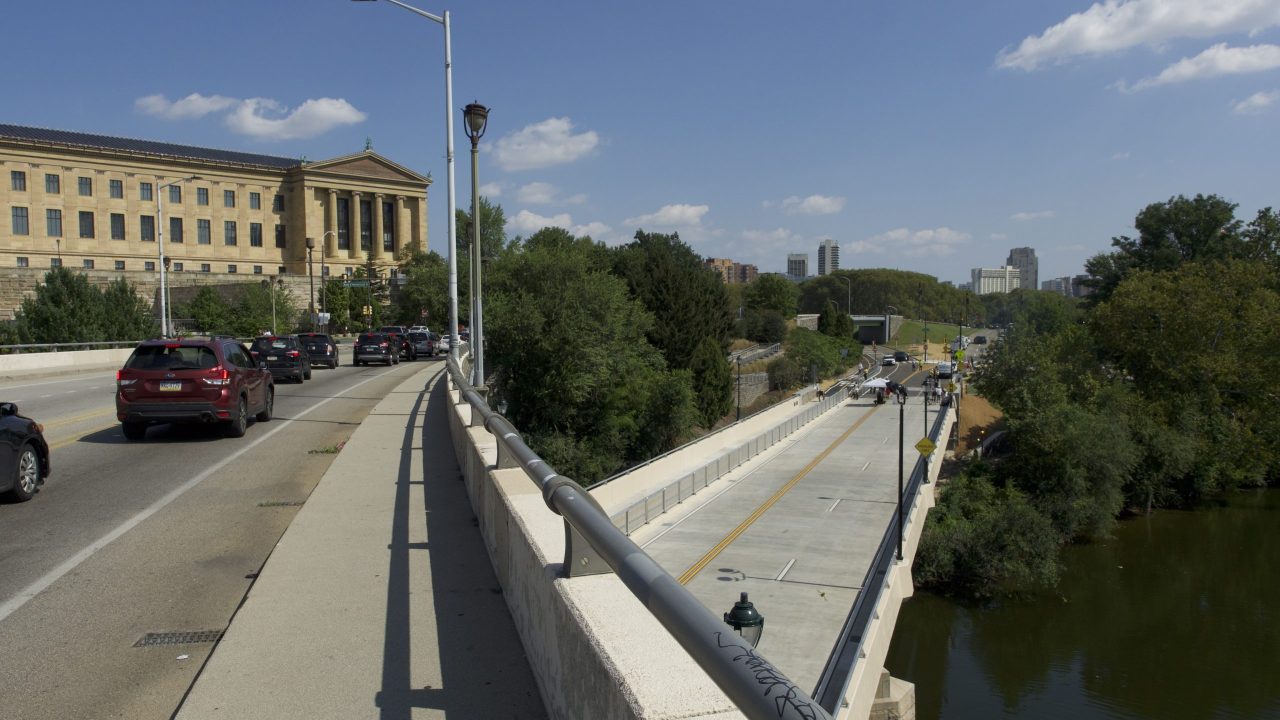Every year, NASA and the National Oceanic and Atmospheric Administration (NOAA) team up to assess global temperatures and climate trends. (Yes, that NASA. A big part of the space agency’s mission is focused on Earth science, with the goal of better understanding the planet’s interconnected systems.) The two groups released their findings for 2021 this past January, with several predictably alarming highlights:
- 2021 was the sixth-warmest year on record, with the average global surface temperature about 1.5°F over the 20th-century baseline periods that the agencies use for comparison and nearly 2°F higher than in the late-19th century.
- The surface temperature in the Northern Hemisphere was also the sixth-highest on record, at nearly 2°F over baseline, with the land temperature exceeding the baseline by 2.8°F.
- Extreme climate events included an above-average Atlantic hurricane season, with 21 storms, and a severe heat wave in the northwestern United States and western Canada in June during which Canada recorded its highest temperature ever, at 121°F.
Summer in the City
One of the results of these developments is the “urban heat island effect”—a phenomenon that directly affects construction professionals working in heavily built-up and populated areas during warmer months. “Cities and urbanized areas that we might not even classify as cities tend to be warmer than surrounding rural areas that have less built materials—roads and buildings, pavement, asphalt, sidewalks,” says Christian Braneon, a climate scientist and civil engineer with the Climate Impacts Group at NASA’s Goddard Institute for Space Studies.
“That’s because these built materials are impervious; they don’t allow water to infiltrate them,” Braneon says. “A lot of times, these materials end up paving over vegetation, or the creation of these materials involves removing vegetation. As a result, they’re absorbing energy from the sun during the day, and then they’re releasing that energy all the time. During the day, at night—they’re releasing heat that warms the local air temperature.”
With cities and metropolitan areas becoming larger and more densely populated across the country and around the world, the urban heat island effect will only become more pronounced. “A lot of folks don’t realize that extreme heat is actually the deadliest weather hazard in the United States,” Braneon says. “More people will die due to extreme heat than due to flooding or tornadoes each year.”
Lowering the Temperature
Braneon sees direct implications for several aspects of the construction industry, including worker safety and performance, equipment and materials. By being aware of them, companies can plan projects accordingly—and even become part of the solution.
Worker safety and performance: Prepare not just for hotter weather but for hotter weather that lasts longer—a five-day heat wave instead of a two-day heat wave. “There are going to be project delays because workers are experiencing heat stress,” Braneon says. “It’s been well-documented that there have been deaths in the construction industry due to heat stress. This is going to be a huge issue for companies at all levels, and frankly may involve litigation and insurance ramifications.”
One immediate solution is to take weather advisories seriously, including the extreme-heat warnings that NOAA regularly issues. Protect your workers from excessively hot, dry and dusty conditions by paying attention to temperature and air quality and adjusting your project schedule accordingly.
A longer-term solution involves looking to parts of the world that are already dealing with extreme heat. “Folks in the construction industry are going to need to look to the Middle East, places like Dubai and Saudi Arabia,” Braneon says, “because they have been successful doing construction in extreme-heat conditions.”
Equipment: Vehicles, power tools and other equipment don’t do any better with the urban heat island effect than people do. Expect more breakdowns due to overheating and clogging. “Equipment will tend to fail more because it’ll be dusty from dry and hot conditions,” Braneon says. “You’ll have more dust getting inside of the machinery.”
Potential solutions are pretty much the same as for protecting your workers: Keep tabs on extreme weather, and do what you must to shield your equipment from it, even if that means delaying or rescheduling a project.
Materials: Finally, extreme heat can wreak havoc on construction materials, from dangerously softening asphalt roadways to interfering with concrete preparation. “Dry conditions can have a huge impact on the time it takes for concrete to set,” Braneon says. “If the concrete gets too dry, the strength of that concrete may be impacted. It may affect what materials you choose or your approach to mixing and pouring the concrete.”
Asphalt offers a positive lesson here. “When you think about asphalt, we use a binder to hold the aggregate together. The construction industry will need to shift to binders that can deal with increased temperatures,” Braneon says. “There’s been research that has shown that even though these binders may be a little more expensive, by using binders that can withstand higher temperatures, you’ll need to replace roads less frequently. You’ll have less maintenance and rehab to do, and over the lifecycle of roads, it will save money.”







